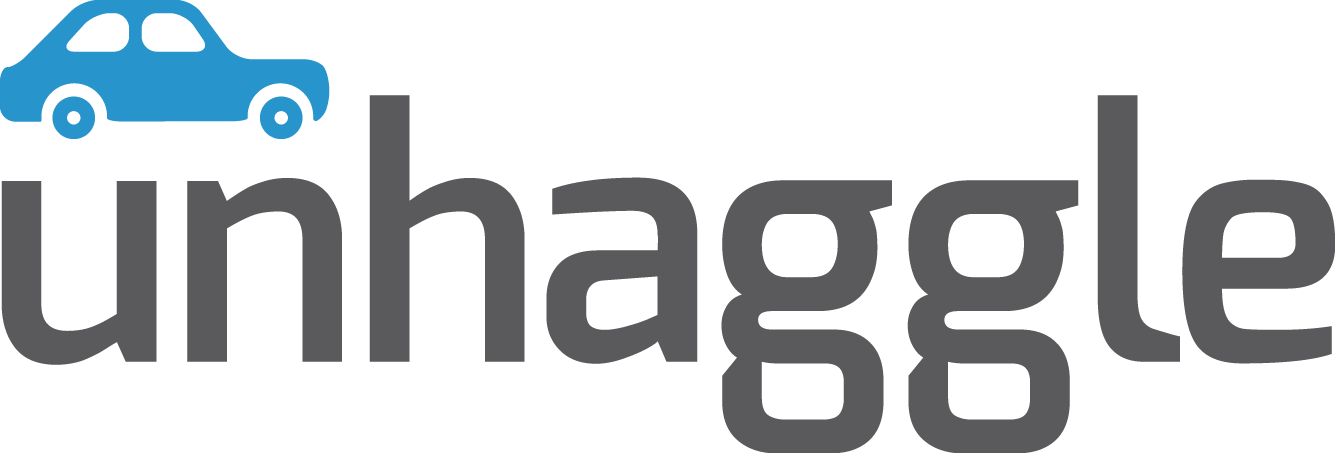
After hours of painstaking research, you’ve chosen your dream car model and you’ve been planning trips to various car dealerships in the area to get quotes. You might be wondering, is there a quick way to estimate what a fair final price will be, accounting for negotiations, dealer profit and all mandatory car fees? Also, you may question what the optimum number of dealerships to visit is before making a final decision. If these questions have been plaguing your mind, read on.
Car shopping can be quite a daunting experience, don’t get us wrong. It is time-consuming, aggravating and tiring. Yet with a little bit of homework you can have yourself a pleasant car-shopping experience while still coming out on top. It is important to note the mechanics of the deal: dealers are out to make money and you are out to let them make the least amount possible. In the optimal situation, both parties can walk away happy and satisfied by meeting somewhere in the middle.
Breaking Down a Car Quote
A car quote is the price a car dealership asks for a new vehicle, with a break-up of individual components listed. Ask for an itemized quote and go over it with a fine-toothed comb. You may find some areas where modifying what has been included in the car quote can get you some cost savings and bring the asking price down significantly. The quote a dealer offers changes a lot between different dealerships, so it’s best for a car buyer to understand the factors that go into a car quote. Knowledge is power, after all, and most certainly when it comes to negotiations.
MSRP
The MSRP (Manufacturer’s Suggested Retail Price), also known as the sticker price, is a price control set by the manufacturer. It is not a hard and fast sale price, but a guideline to go by. Generally, dealers try to emphasize that their asking price is lower than the MSRP, giving the illusion of a good deal, but the invoice price is the figure to focus on.
Dealer Cost
The dealer will often factor their own administrative costs into a car quote. These include the cost of buying from the auto manufacturer, as well as shipping and preparing the vehicle for sale. The dealer also factors in a markup to maintain a profit margin.
Financing
If you arrange for a loan from the dealership and do not pay for your car upfront, another area where a dealer might make a profit is in financing a car. In exchange for the convenience of financing, as part of a final quote price, the dealer may make a markup, sometimes called dealer reserve. Look at the term length, interest rate and monthly payment for financing, which should be listed clearly on the car quote.
Mandatory Car Fees and Extra Costs
Mandatory car fees that might be added to a car quote include taxes, transport costs and government fees. Dealers also value items like warranties to help them keep a profit margin on the sale of a vehicle.
The Optimal Number of Dealerships to Visit
At Unhaggle, we have found that to get the best deal, 10 dealerships is the optimal number to get quotes from. Not too few that you don’t shop around for a good deal, and not too many to overwhelm you with all the options.
Estimating Your Drive Away Price

When shopping around for a new car price, knowing the invoice price on the car you want is the key to negotiating a great deal. However, note that the invoice price of a car doesn’t reflect any possible factory rebates given by the manufacturer, so the dealer’s cost could actually be even lower.
Once you have your invoice price, you are ready to calculate an approximate drive away cost, which should be your realistic goal price when negotiating. If adding options to the base model, be sure to include those in your invoice price, as they certainly don’t come free. Work with the dealer. When looking at it purely from a business point of view, a dealer will not sell a car below the cost that he himself paid for it. All negotiations must hence include a reasonable profit margin for the dealer, typically between 3 to 7 percent of the invoice price.
After adding a reasonable dealer profit, add on mandatory fees that include Freight, PDI, Air Tax, Tire Tax, and Government Fees, equal to $2,520. If applicable, you can also subtract the dealer incentives or rebates from this price, and then add 13% sales tax. This will give you a solid estimate of your drive away cost after successful negotiations.
For example, consider the 2014 Audi A4 Quattro, which has a base invoice price of $38,055. Let’s say we want to give the dealer a profit of 4%. This brings the price up to $39,577.20. Next, we add in the mandatory car fees, for a total of $42,097. As no manufacturer rebates exist for Audi, this is the final figure for a reasonable drive away price, before sales tax.
So there you have it. If you have been struggling to figure out whether a car quote you have received is fair or not, get out your pen and paper and calculate a reasonable drive away price after getting a free invoice report. It will give you a good goal to keep in mind when in between a heated negotiation. Following these tips will allow you to make a smart decision and will eliminate the majority of the stress that comes with the car buying process, allowing you to drive away from the car dealership with a smile rather than a headache.






